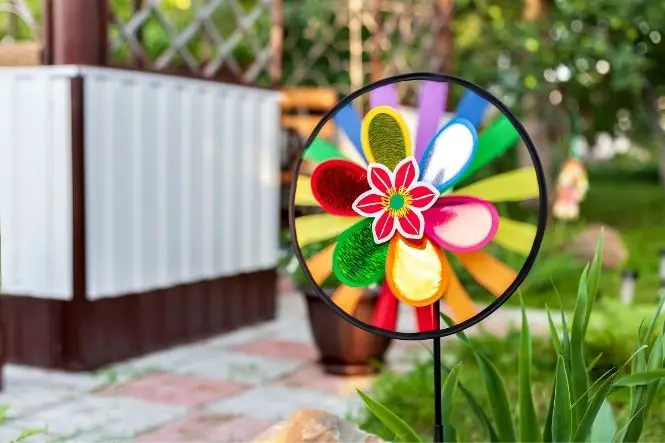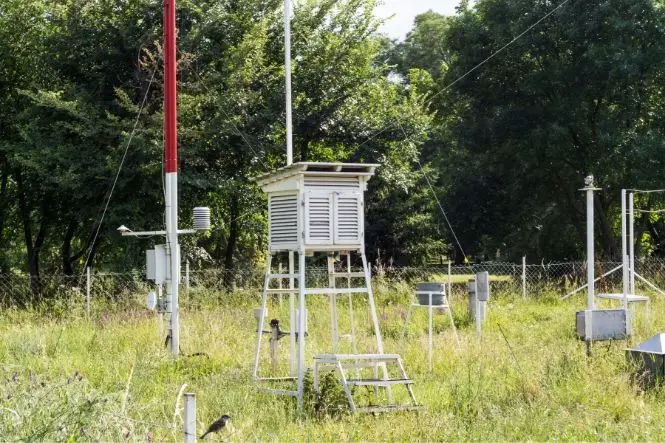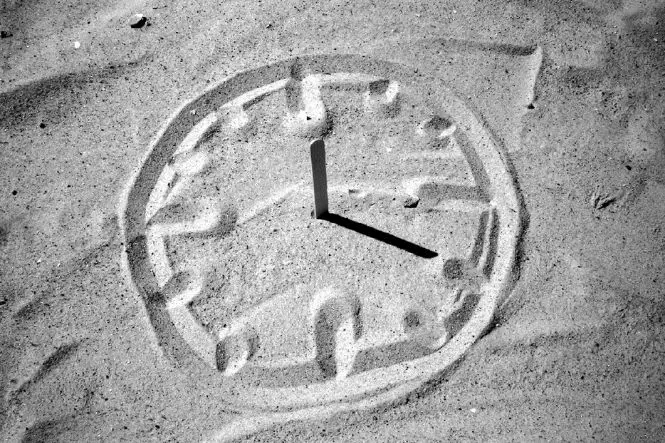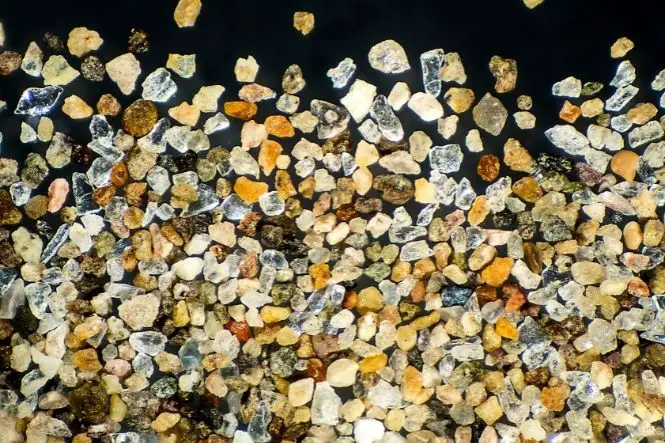Warm air is less dense than cold air, and so as air is warmed by the sun it rises (see ‘Warm and Cold: Expanding Air’ and ‘Floating and Sinking: Looking at Density’). Cold air then moves to replace the warm air. This movement of air is called ‘wind’.
At the coast, the wind tends to blow in from the sea to the land during the day and out from the land towards the sea during the night. This is because the sun warms the land during the day. The air above the land rises and the cooler air from the sea comes in to replace it. At night, the sea is warmer than the land so the air above the sea rises and the cooler air from the land blows out to sea to replace it.
Strength of wind is measured using the Beaufort scale:
- 0 – described as ‘calm’
- 1 – described as ‘light air’
- 2 – described as ‘light breeze’
- 3 – described as ‘gentle breeze’
- 4 – described as ‘moderate breeze’
- 5 – described as ‘fresh breeze’
- 6 – described as ‘strong breeze’
- 7 – described as ‘near gale’
- 8 – described as ‘gale’
- 9 – described as ‘severe gale’
- 10 – described as ‘storm’
- 11 – described as ‘violent storm’
- 12 – described as ‘hurricane’
Making a Wind Vane
Cut out an arrowhead and tail for the wind vane from thin card or thick paper. The arrowhead should be a triangle about 5 cm long and 3.5 cm wide, and the tail needs to be bigger, about 4.5 cm tall and 7.5 cm long, with a small triangular-shaped notch in the end.
Cut slots in both ends of a drinking straw, about 1.5 cm long. Slip the arrowhead and tail into the slots, and hold in place with glue or small strips of sticky tape. Balance the straw on a finger to find the middle (balance point) and push a pin through the straw at this point. Fix the straw to the eraser on the end of a pencil, and spin the arrow around to make sure that it will spin around easily.
Cut a circle out of card and mark North, North-East, East, South-East, South, South-West, West and North-West on it. Stick a ball of Plasticine, Blu-Tack or similar in the middle of the circle and stick the point of the pencil in the ball. Alternatively, fill a plastic bottle with sand, push a ball of Plasticine or Blu-Tack into the neck and then stick the point of the pencil into the ball, and stand the bottle on another ball of Plasticine or Blu-Tack in the middle of the circle.
Take the wind vane outside and put it on the ground or on a table (hold the cardboard circle flat if it is windy). Using a compass (see ‘Pulling and Pushing: Magnetic Attraction’), find out where north is and turn the cardboard circle around until the directions are in the right place. The wind vane should turn until the arrow is pointing in the direction where the wind comes from.
Check what direction the wind comes from every day for a month, and write it down, with a description of the weather and the temperature. Does the weather change when the wind changes? Does the temperature change when the wind changes?






